Salad w/ Wine Poached Salmon, Lentils, & Spinach
Ethiopian salmon is far from a traditional meal. Salmon are more commonly found in the North Atlantic and Pacific Ocean. And certainly aren't as widely associated with a landlocked country in the horn of Africa! But I grew up in Oregon and first found a love for Ethiopian food in Portland. So, the two never seemed that outlandish to me. And, if you like two flavor profiles, there is absolutely no reason not to see if they don't work together! After all, is that not the point of innovative cooking and fusion?
I'm not trying to be that pretentious about it! I just like what I like and am unapologetic about it. But this really is one of the best things that I've made lately. I've been on a curry kick lately. As much as I absolutely adore curry, though, I needed a change! And this really hit the spot. The red lentils and sautéed spinach pair well with the citrus in the white wine poached salmon with tomatoes, lemon, and kalamata olives. Bringing together Ethiopian, Mediterranean, and Pacific Northwestern ingredients culminated in a delicious fusion of several of my favorite ingredients with some new flavors and inspirations. There's sometimes nothing better than just mixing everything together and having it work out perfectly! And this is one of those happy surprise finds. I will absolutely have to add it to my list of meals to make in rotation.
Gallery
Variations of Ethiopian Salmon
Salmon is incredibly versatile. It works with everything from rice to quinoa to wrapped in a burrito and topped with hummus and hot sauce! As long as you play up the flavor and don't overpower it, the sky is the limit.
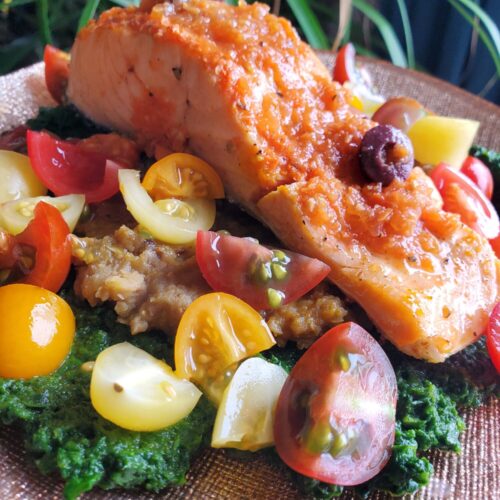
Salad w/ Wine Poached Salmon, Lentils, & Spinach
Equipment
- Oven
- Food Processor
- Stovetop
- Skillet
- Large Pot
Ingredients
Ethiopian Lentils
- 1 c. calabaza squash
- 1 habanero
- 2 cloves garlic
- 1 tsp. turmeric fresh
- 1/4 c. red onion diced
- 1 tbsp. coconut oil
- 1 c. red lentils
- dash cloves whole
- dash coriander whole
- dash cumin whole
- dash fenugreek whole
- dash salt
- dash pepper
Sautéed Spinach
- 2 cloves garlic
- 1 tsp. ginger
- 1/4 yellow onion
- 1 lbs. spinach
- dash cumin
- dash coriander
- dash salt
- dash pepper
- 1/4 c. olive oil
Poached Salmon
- ~1 lbs. salmon fillet quartered
- 3 large tomatoes
- 1 large carrot roughly chopped
- 2 cloves garlic
- dash salt
- dash pepper
- 1 ½ c. dry white wine (I used sauvignon blanc)
- 1/2 lemon sliced
- 12 kalamata olives
- 1/4 tsp. saffron
- 12 cherry tomatoes halved
Instructions
Roast Calabaza Squash
- I used Roasted Calabaza Squash in this recipe. This takes a couple of hours and requires a calabaza (or other squash or pumpkin of choice) as well as aluminum foil and a baking dish.
Cook Lentils
- Add calabaza squash, habanero, and garlic to a food processor. Purée for 30 seconds, or until smooth.When I roasted the calabaza squash, I puréed half of it and froze the rest whole. If you puréed all of it, simply skip this step and mince the habanero and garlic. I just puréed them all together to saved time, but it isn't necessary! The flavor profile will be the same, either way.
- Add all of the ingredients for the lentils to a rice cooker (squash purée with habanero and garlic, turmeric, red onion, coconut oil, spices, salt, pepper, lentils, and water).
- Grind whole cloves, coriander, cumin, and fenugreek in a mortar and pestle.A lot of the time I prefer whole spices and grinding them in a mortar and pestle. I used whole cloves, coriander, cumin, and fenugreek. You can easily substitute ground spices and mix and match whatever you have on hand.
- Press the cook button on the rice cooker. While lentils aren't rice, it does cook the same and oftentimes better than rice in a rice cooker. It typically takes 30-45 minutes.
- When the lentils is fully cooked, fluff with a wooden spoon.Do not use a fork or other metal utensil. It will scratch off the nonstick surface on the rice cooker. This will leach teflon into your food and cause future dishes to stick to the bottom!
Sauté Spinach
- While the lentils are cooking, add garlic, ginger, and yellow onion to a food processor. Pulse a couple of times until roughly chopped.
- Add spinach, a few handfuls at a time, and pulse until roughly chopped. Continue adding handfuls of spinach and pulsing until all of the spinach is incorporated.
- Add spinach mixture, cumin, coriander, salt, pepper, and olive oil (all of the ingredients) to a sauté pan.
- Bring to medium-heat and cook until wilted, about 7-10 minutes. Make sure to stir occasionally to keep the spinach from burning.
Poach Salmon
- Remove salmon from the refrigerator and let reach room temperature.
- Meanwhile, add tomatoes, carrot, garlic, salt, and pepper to a food processor. Purée until smooth. This should take about 30-60 seconds.
- Add tomato purée, wine, lemon slices, kalamata olives, and saffron to a large pot. Bring to a boil and then reduce to a simmer.
- As the sauce is coming to a simmer, cut the salmon fillet into 4 equal-sized pieces.
- Once the sauce is at a simmer, add salmon to the pot. Make sure that it's fully covered. If the salmon is peaking through the sauce, add more wine until it's at least covered by 1/4 inch.
- Simmer covered for 10-15 minutes, or until the salmon is cooked throughout.I usually cook salmon based on color. However, when poached the color isn't as clear an indicator! Salmon should flake with a fork when it's done and will have a lighter hue as it changes from translucent red to an opaque pink with white veins of fat seeping through. However, when poached in wine and tomatoes, it's less clear based on the color that the salmon is done! You're likely going to want to cut into it to see if it flakes, whether the inside is cooked, and/or reaches an internal temperature of 145 degrees Fahrenheit.
- Remove salmon from the pot and let rest at room temperature for 10 minutes.
- Once the salmon was cooked, I also simmered down the sauce for another 10 minutes just to cook out more of the wine and reduce it further.This is optional, but feel free to further simmer down if you want! I didn't want quite that much extra sauce and cooking it down will also cook out more of the alcohol, if you want a less boozy consistency.
Prepare Salad
- Spread about 1/4 cup sautéed spinach and 1/4 cup lentils across a plate.
- Top with salmon and spoon another 1/4 cup wine sauce.
- Sprinkle with a handful of cherry tomatoes and serve immediately.
Tips, Tricks, & Notes
- I often make a couple big dishes and then eat them throughout the week. So, I didn't make these at the same time. I made instructions for if you do want to make them all together in this post. Otherwise, I have more in-depth articles on how to make them:
- Both Ethiopian lentils and sautéed spinach are great to make ahead of time. They keep and reheat well. I'll reheat in a pan on the stove or in a small dish in the air fryer. They likely reheat well in the microwave, but I don't own one and have no firsthand knowledge of this!
- Salmon also does remarkably well reheated throughout the week or even served chilled in a salad. I wouldn't necessarily recommend this with all fish or really most seafood... But salmon is an oily fish that preserves well. If you cook with lemon, it will absorb more of the citrus flavor while resting. This adds a nice flavor that intensifies over time. Plus. both lemon and olive oil are natural preservatives and increase the lifespan of the dish.
- For more information on baking salmon, check out my articles on The Fundamentals of Oven Baked Salmon and Barbecue Salmon. I'm particularly fond of cooking on a well-seasoned cast iron griddle because you don't need additional oil or foil to to keep it from sticking. But there are certainly ways around this if you don't want to dedicate an entire cast iron pan to fish! Cooking salmon is also more of an art than a science. No two filets are going to cook in the exact same amount of time and there are definitely some tips and tricks to nailing the cook on fish.
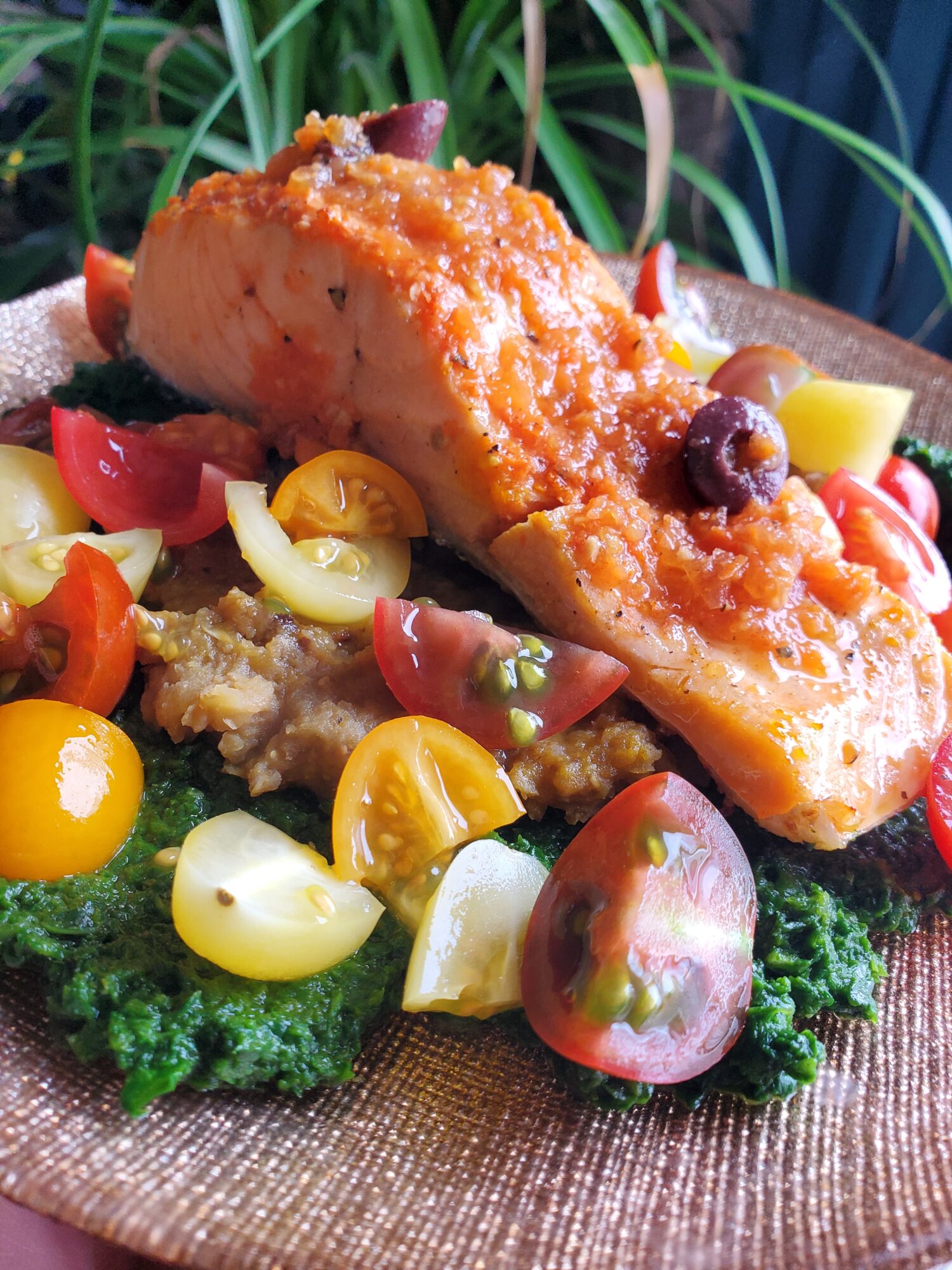

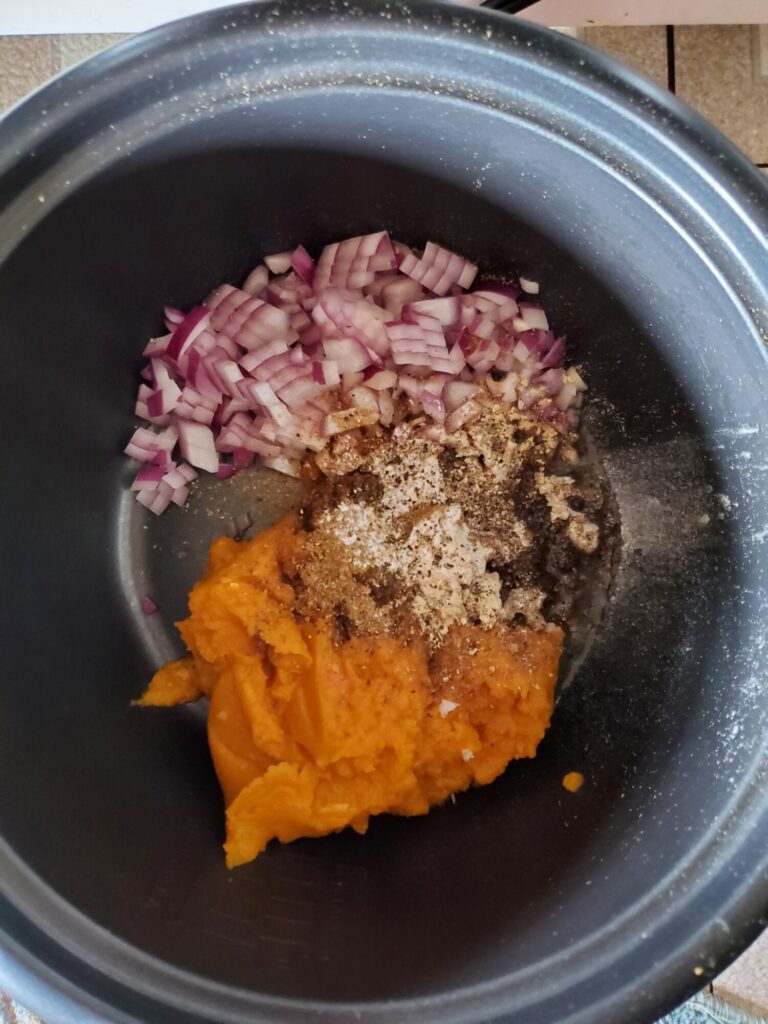
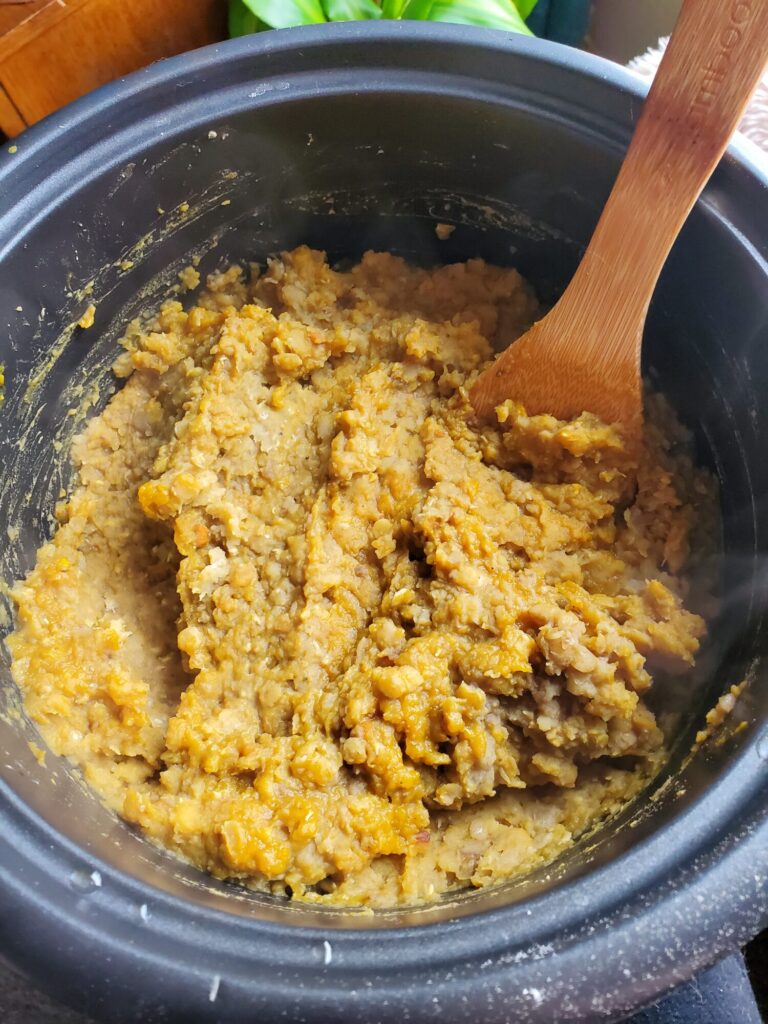
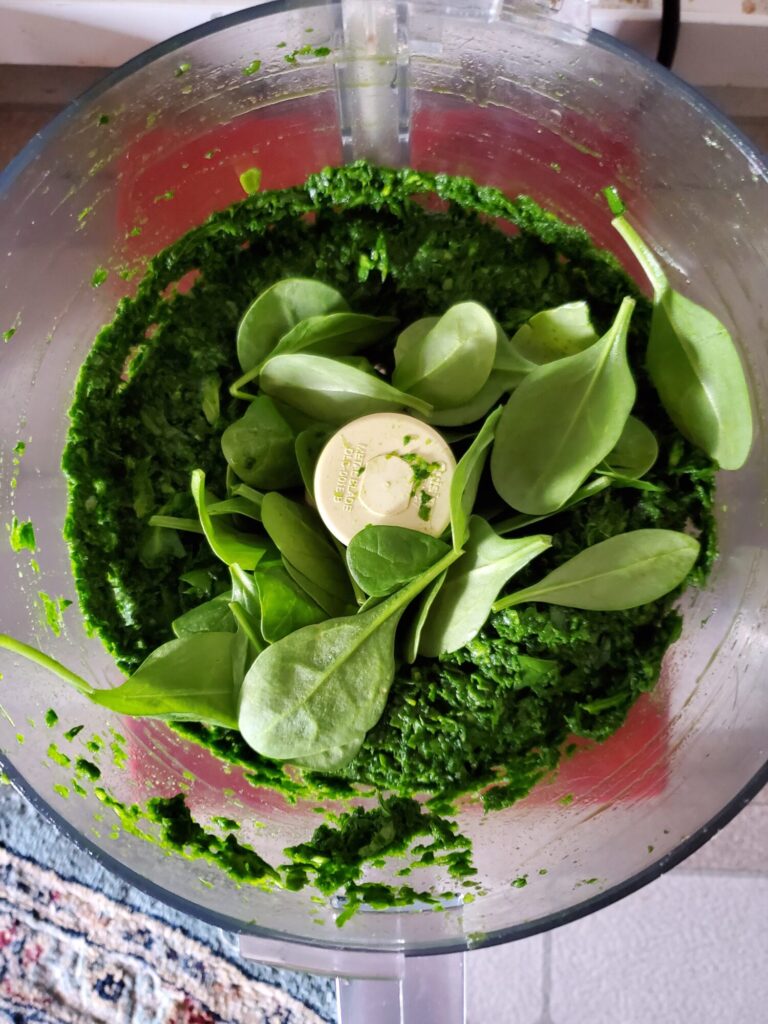





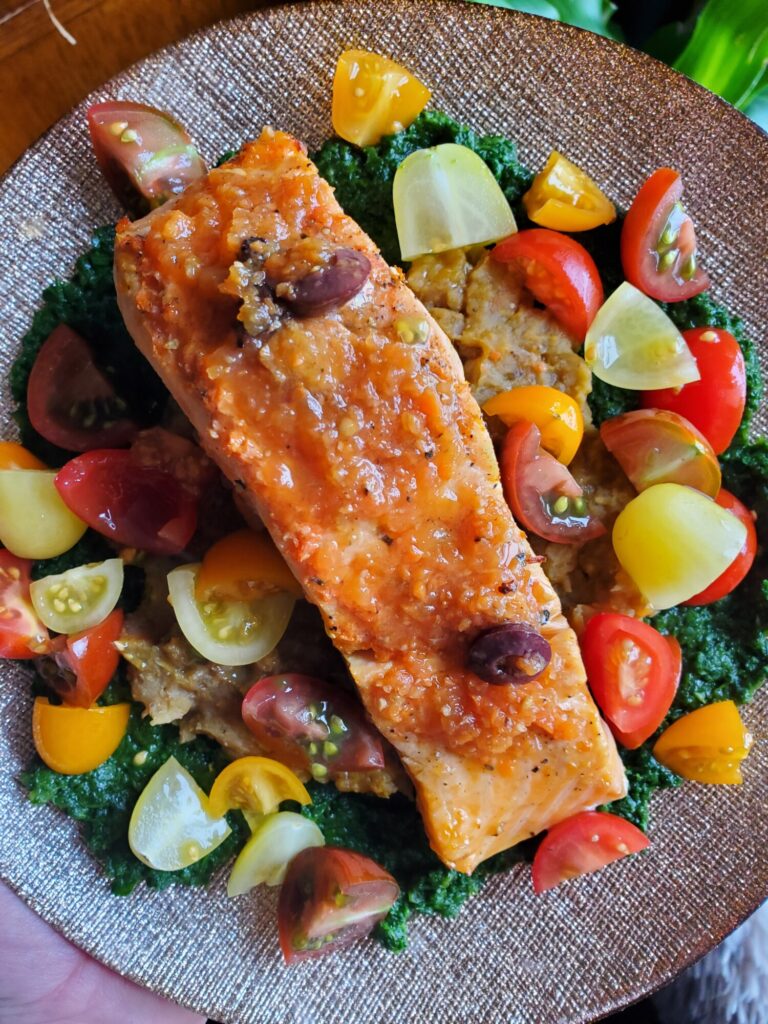
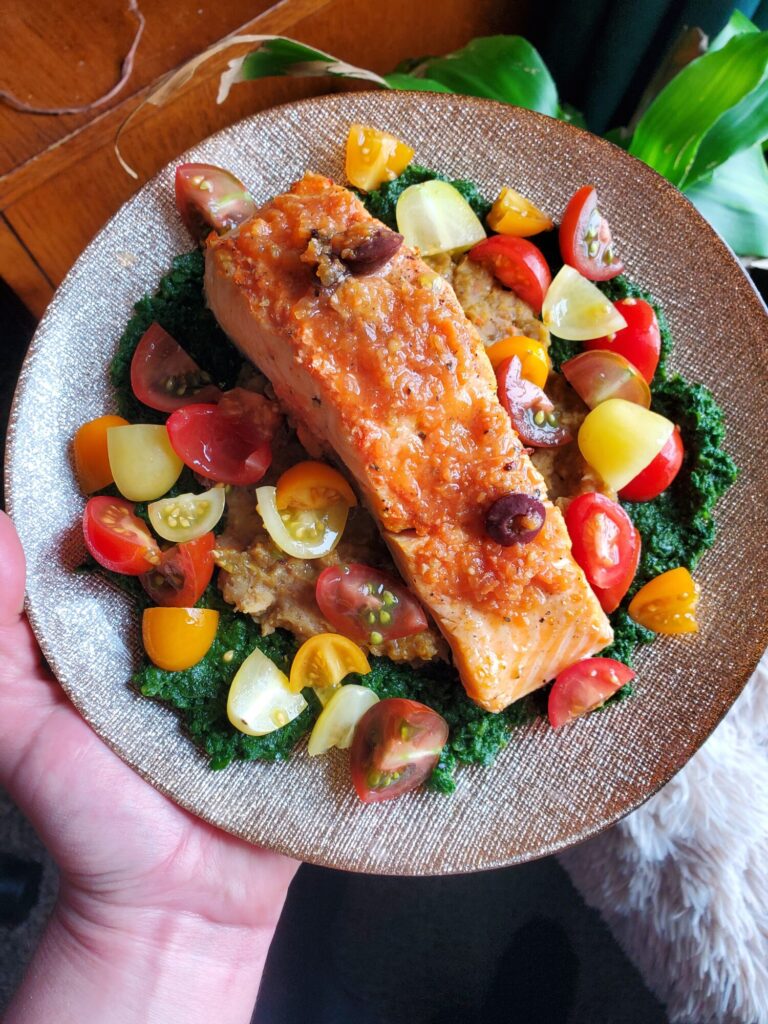
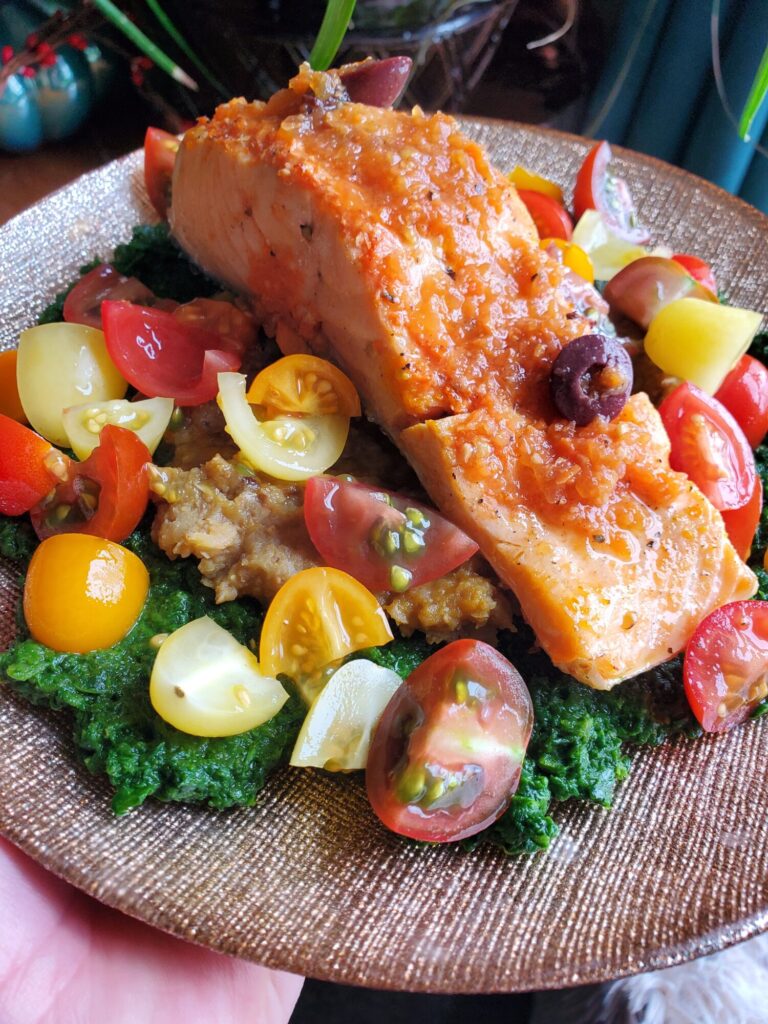
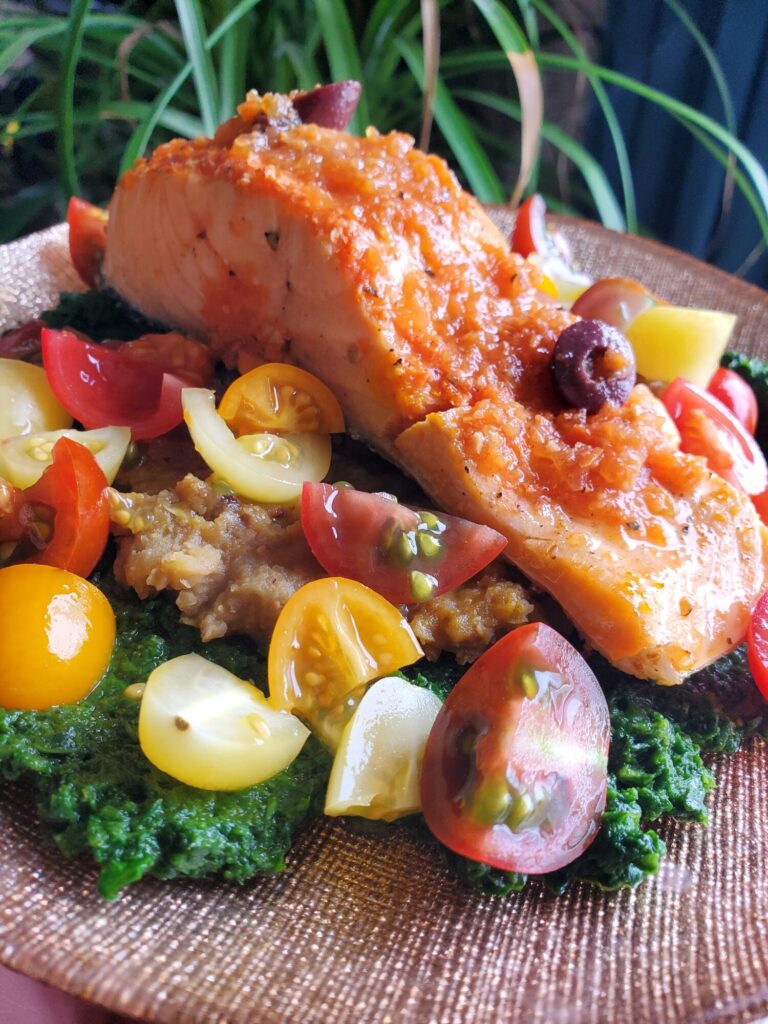
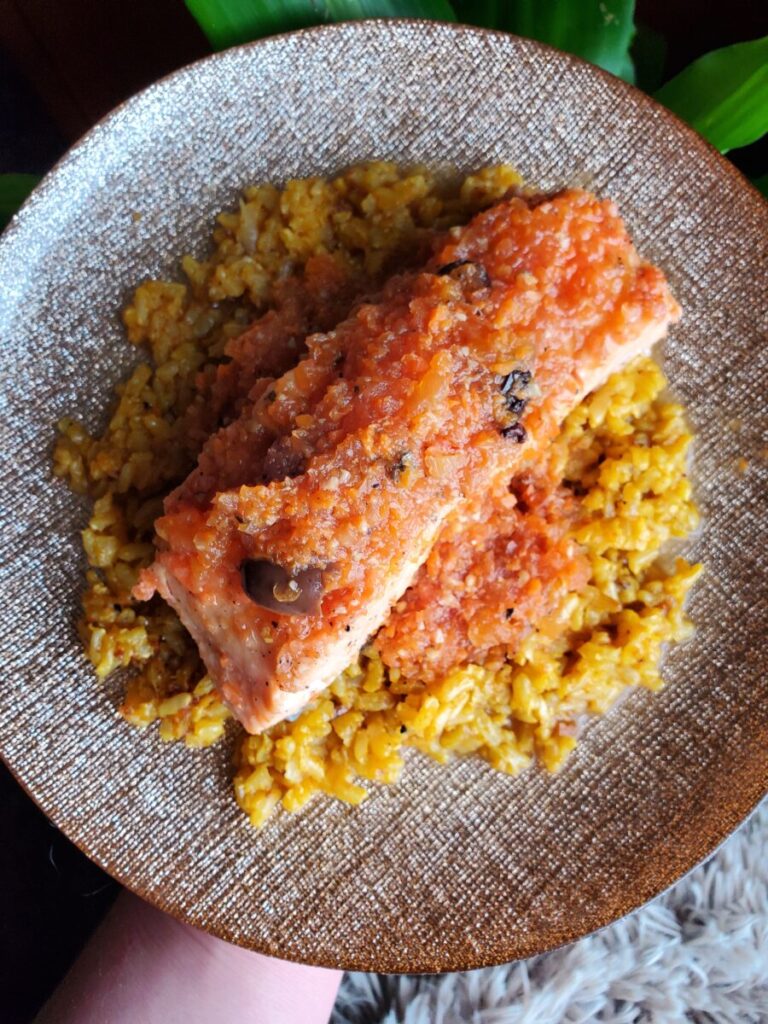








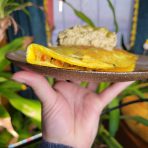

Leave a Reply